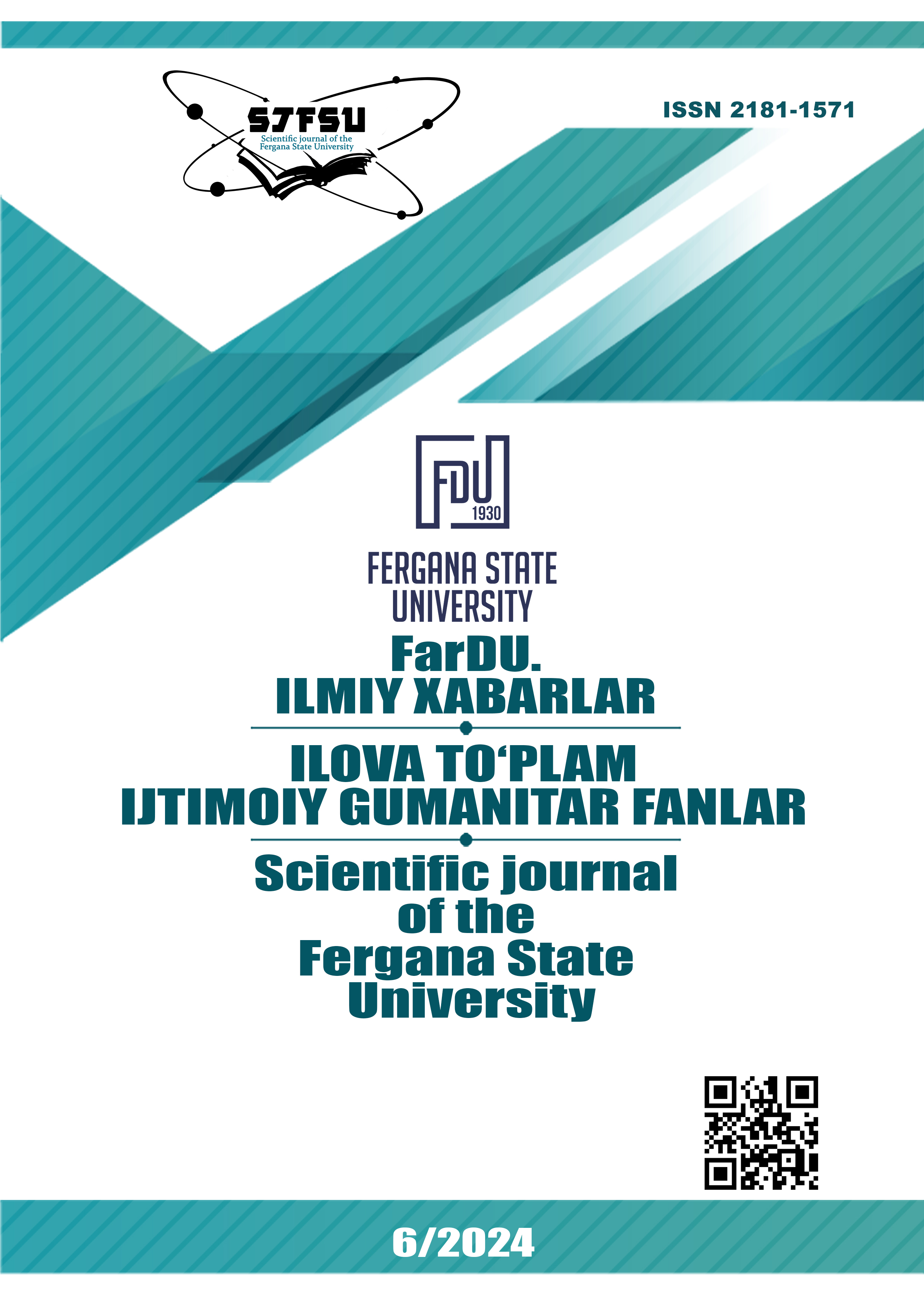COMPARATIVE IDENTIFICATION OF GENDER DISCOURSE IN THE MEDIA ENVIRONMENT
Keywords:
assessment, media discourse, gender, discourse, gender discourse, identification, comparative analysis, media.Abstract
This article analyzes various methods of assessing the gender characteristics of participants in socio-political processes in English-speaking countries and Russia through the prism of media discourse. The changes in the content approach to this assessment in retrospect are considered, and both explicit and hidden ways of expressing it are revealed.
References
Baker Beck D. The F-Word: How the Media Frame Feminism // NWSA Journal 10(1), 1998: P.139–153.
Faludi S. Backlash: The Undeclared War against American Women. New York: Doubleday, 1991
Huddy L. Feminists and Feminism in the News // Pippa Norris (ed.) Women, Media, and Politics. New York: Oxford University Press, 1997, P.183–204.
Schaffer K. Scare Words: Feminism, Postmodern Consumer Culture and the Media // Continuum: Journal of Media & Cultural Studies 12(3), 1998: P. 321–334.
Sheridan S., Magarey S. and Lilburn S. Feminism in the News // Joanne Hollows and Rachel Moseley (eds) Feminism in Popular Culture, Oxford: Berg, 2006, P. 25–40.
The Guardian URL: https://www.theguardian.com/commentisfree/2014/oct/10/-sp-jennifer-lawrence-emma-watson-feminists-celebrity
The Observer URL: http://observer.com/2016/11/why-vladimir-putin-hates-us/
Whelehan I. Overloaded: Popular Culture and the Future of Feminism. London: The Women’s Press, 2000
Грибацкая С. Ты против феминизма? Посмотри во что превратится твоя жизнь без него // Cosmopolitan. URL: https://www.cosmo.ru/lifestyle/society/ty-protiv- feminizma-posmotri-vo-chto-prevratitsya-tvoya-zhizn-bez-nego/
Медуза URL: https://meduza.io/feature/2017/03/06/stydnye-voprosy-pro-feminizm
НоваяГазетаURL:https://www.novayagazeta.ru/articles/2017/03/08/71717-feministki-zahvatili-kreml
Саркисов Д. Одеяло угнетало, обижала простыня. Как российские феминистски ненавидятмужчинвсети//Lenta.ru.https://lenta.ru/articles/2016/04/09/femenpablos/
Чинкова Е. Бабе дорога — от печи до порога. // Комсомольская правда. URL:http://www.irk.kp.ru/daily/25945.4/2889633/
Downloads
Published
Issue
Section
License
Copyright (c) 2025 Scientific journal of the Fergana State University

This work is licensed under a Creative Commons Attribution-NonCommercial-NoDerivatives 4.0 International License.

